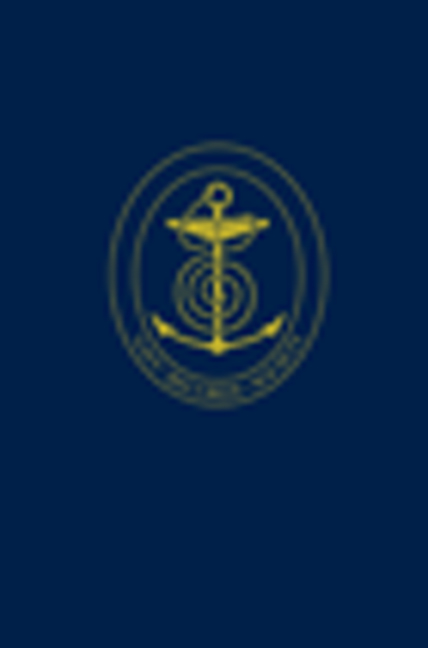 The Durham Papers
The Durham Papers Book contents
- Frontmatter
- Miscellaneous Frontmatter
- Dedication
- Contents
- General Introduction
- Part I From Acting Lieutenant to Master and Commander, 1781–1790
- Part II Sloop Commander, 1793
- Part III Frigate Captain, 1793–1802
- Part IV Ship-of-the-Line Captain, 1803–1810
- Part V Flag-Officer, 1810–1813
- Part VI Commander-in-Chief, Leeward Islands, 1813–1816
- Part VII Lowland Laird, and Commander-in-Chief, Portsmouth, 1836–1839
- Part VIII Epilogue
- Sources and Documents
- Index
- Miscellaneous Endmatter
Part V - Flag-Officer, 1810–1813
Published online by Cambridge University Press: 04 May 2024
- Frontmatter
- Miscellaneous Frontmatter
- Dedication
- Contents
- General Introduction
- Part I From Acting Lieutenant to Master and Commander, 1781–1790
- Part II Sloop Commander, 1793
- Part III Frigate Captain, 1793–1802
- Part IV Ship-of-the-Line Captain, 1803–1810
- Part V Flag-Officer, 1810–1813
- Part VI Commander-in-Chief, Leeward Islands, 1813–1816
- Part VII Lowland Laird, and Commander-in-Chief, Portsmouth, 1836–1839
- Part VIII Epilogue
- Sources and Documents
- Index
- Miscellaneous Endmatter
Summary
A flag-officer from 31 July 1810, Durham – who enjoyed the approbation of his former detractor Charles Yorke, First Lord of the Admiralty from May 1810 to March 1812, as well as the patronage of the (Whig) Elliots and the (Tory) Dundases – was fortunate in having a number of opportunities to fly his flag. He narrowly missed obtaining command of a squadron off Cadiz, and then in the spring of 1811, with his flag in the 64-gun Ardent, joined the Baltic fleet under Vice-Admiral James Saumarez, and commanded a squadron off Wingo Sound [432–43]. The two men were of different temperaments and of contrasting outlooks regarding the fate of captured coastal craft, a contemporary writing that Durham ‘is of a more greedy mind and does not like the generosities of Saumarez very much’. There is a curious anecdote pertaining to Durham and Saumarez, although the period to which it relates is unclear. According to Byam Martin (a former shipmate of Durham on the Salisbury ), who cautioned that anything Durham ever said had to be taken ‘with pounds of allowance’, Durham claimed to have rescued Saumarez from a ‘madhouse’! Some of Saumarez’s letters to Durham during the Wingo Sound period and some other items have appeared in two earlier NRS volumes and are, therefore, not replicated here.
In September 1811, with his flag in the 74-gun Hannibal, Durham joined Admiral William Young [274] in the North Sea, where he commanded the inshore detachment off the Texel. If the enemy came out, he was to lead Young ‘ s fleet into battle [452]. In March 1812, following Young ‘ s replacement as Commander-in-Chief, North Sea, by Admiral Lord Keith, Durham ‘ s next assignment was to intercept a French squadron that had sailed out of Lorient. He sailed in the Venerable, and had three other 74s under his squadron, but the quarry returned to port, and he struck his flag.
Then, on 27 April 1812, the Admiralty put him in charge of a sizeable squadron at Basque Roads, the sheltered bay between the isles of Ré and Oléron, watching developments at La Rochelle and Rochefort.
- Type
- Chapter
- Information
- The Durham PapersSelections from the Papers of Admiral Sir Philip Charles Henderson Calderwood Durham G. C. B. (1763-1845), pp. 223 - 398Publisher: Boydell & BrewerFirst published in: 2024
